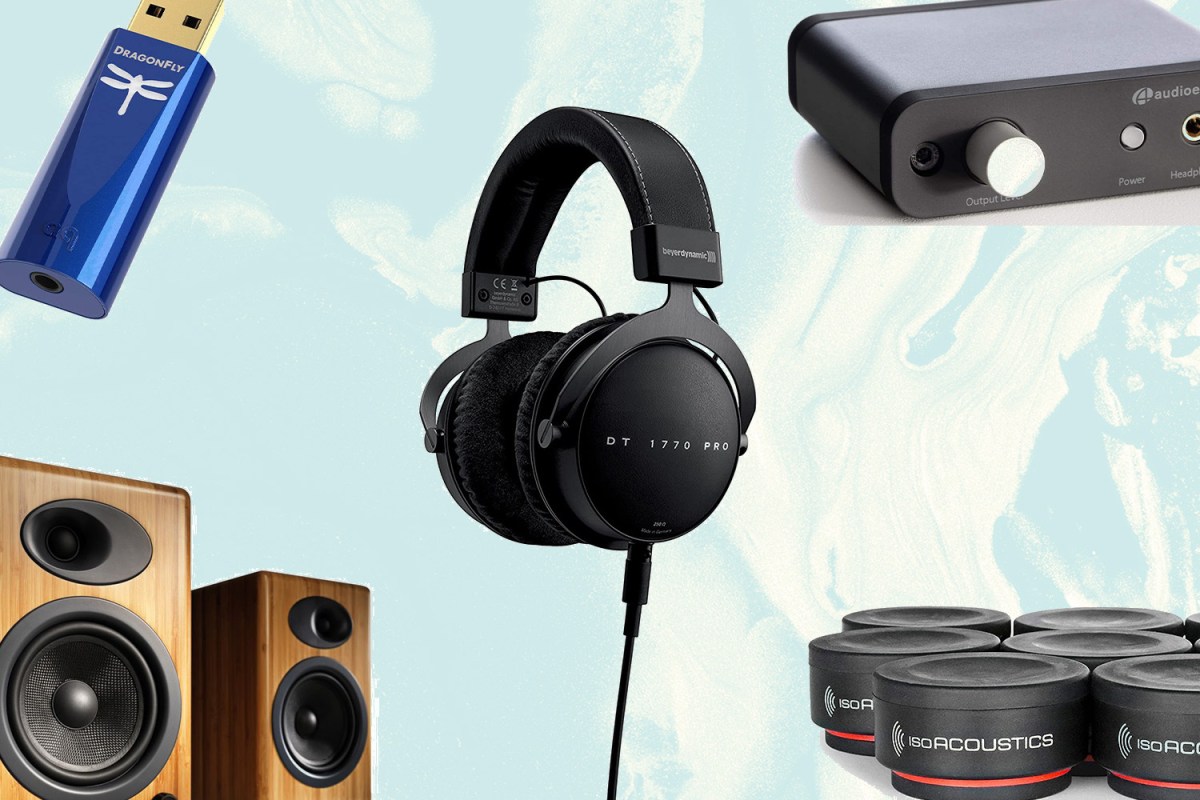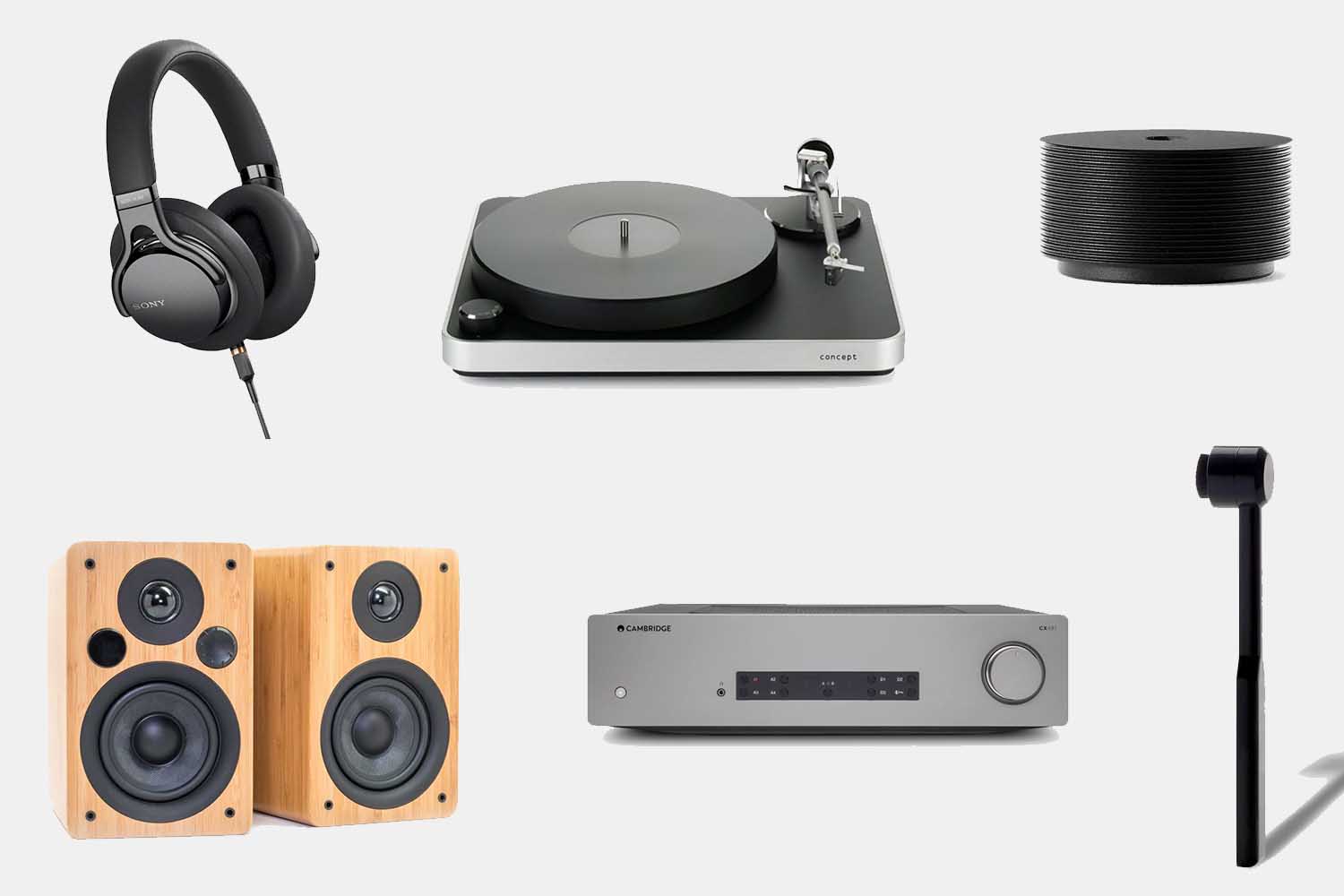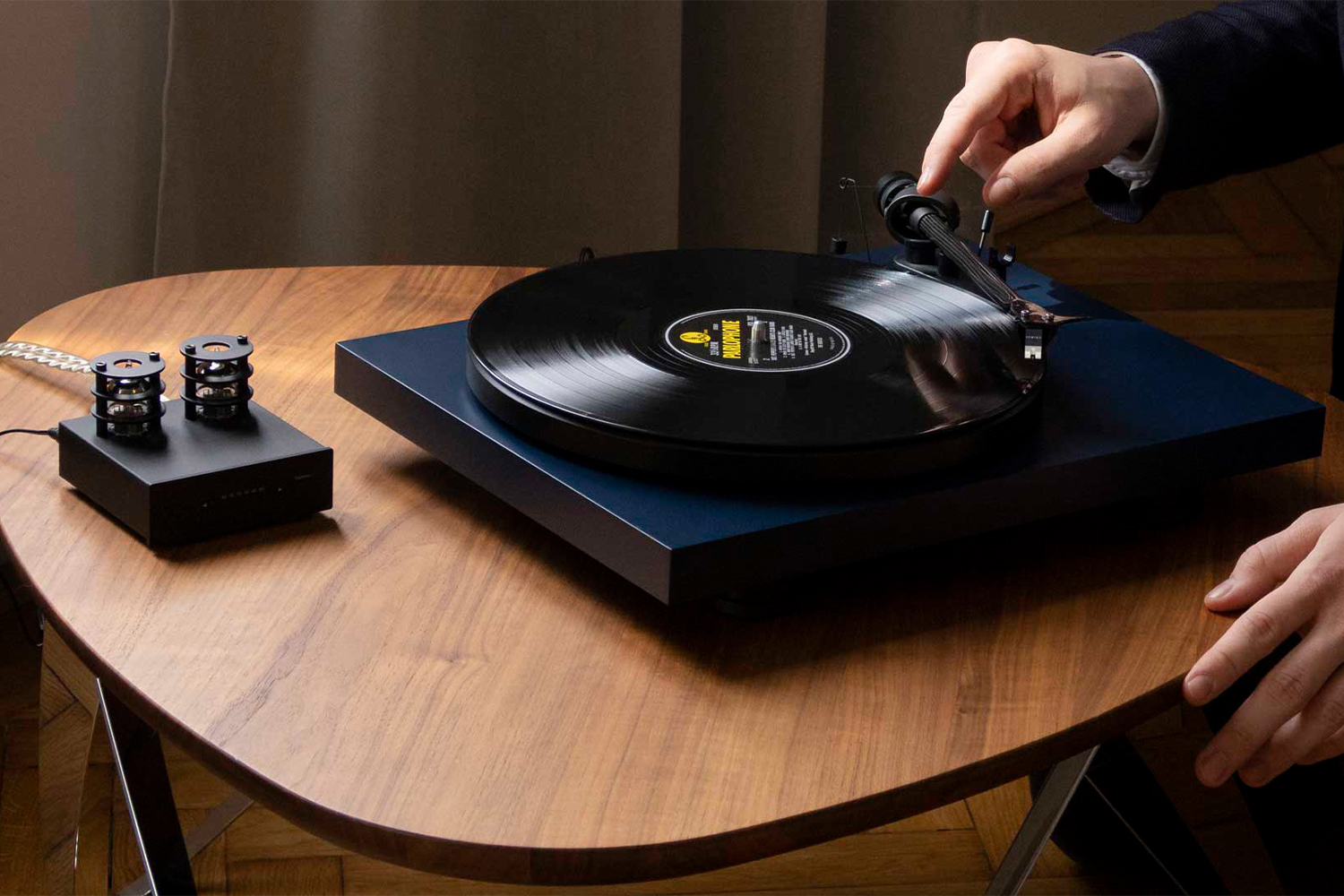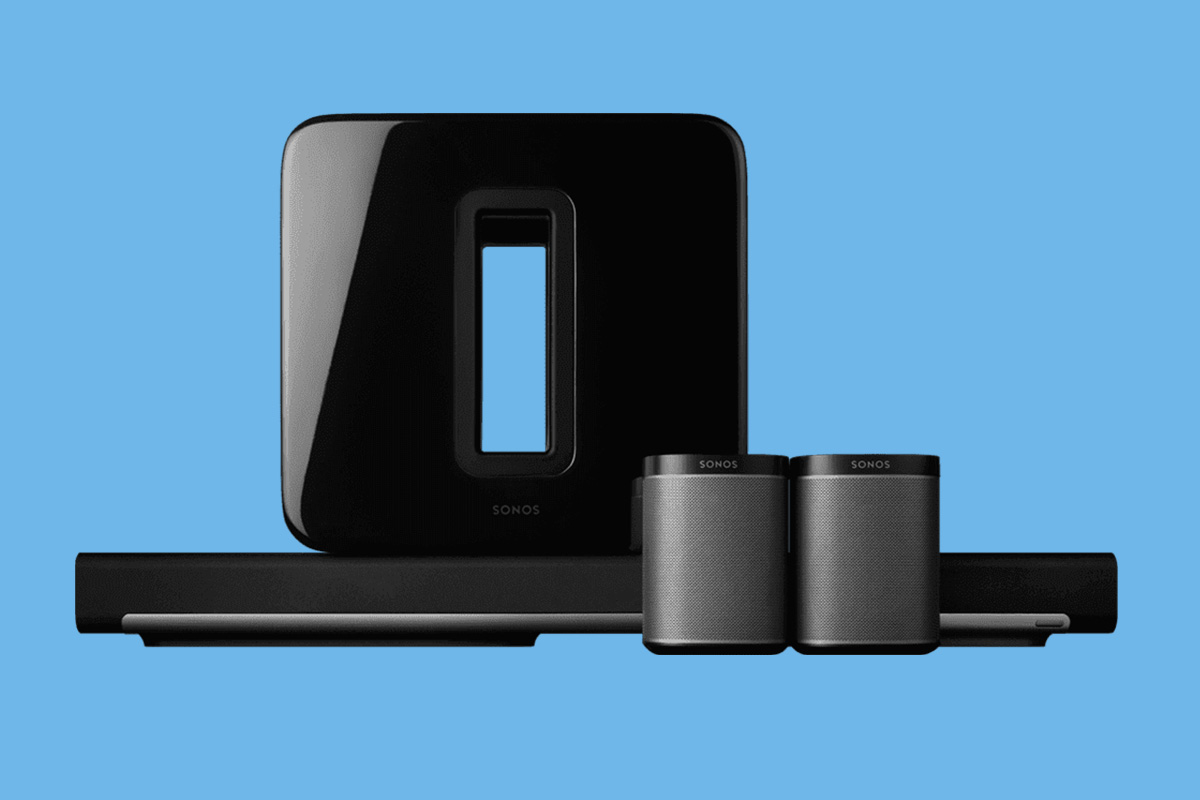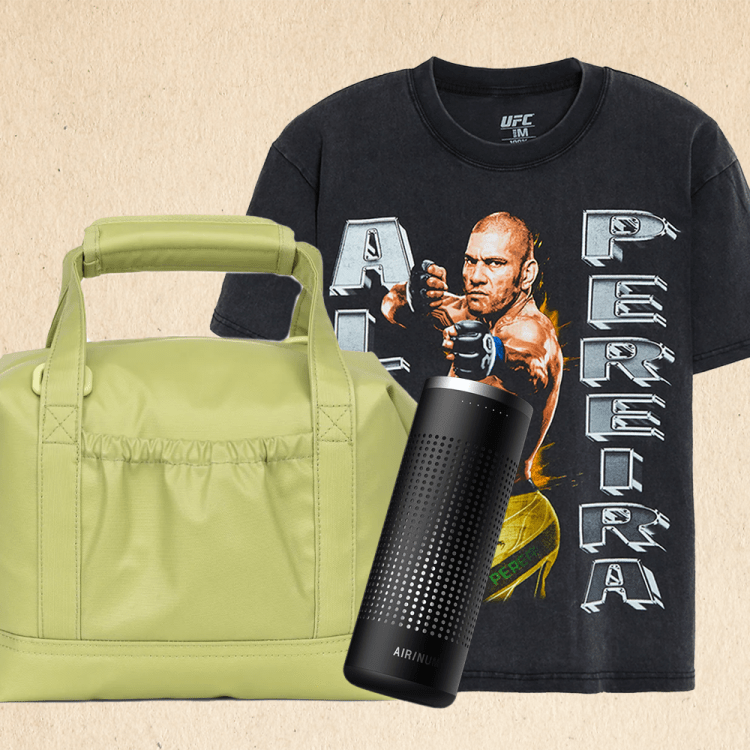Nota bene: If you buy through the links in this article, we may earn a small share of the profits.
This story is part of our Fall Refresh Guide, a weeklong series where we’ll be looking at the products that will help us make the most of yet another season stuck at home. Think of it like Back-to-School content for adults. Except, you know, during a pandemic.
Some of us around here — not naming any names — are committed vinyl dorks. But even we have to admit that, while working, it’s not exactly practical to get up and flip a record every 20 minutes. So like normal people, we turn to our computers and to streaming audio.
The problem is that, without a little extra care and attention, this doesn’t generally yield a particularly satisfying listening experience. But with some effort and a moderate investment in some new gear, you can coax some really remarkable sound out of your desktop audio system.
Below, find speakers, headphones and other assorted nerd stuff that will greatly enhance the sound quality of the music that’s getting you through yet another day of working from home. We think it all looks pretty cool, too.
You Need New Headphones
Your Airpods were great back when you actually went places and maybe had to commute everyday, but alas, this is no longer the case. And so now that the convenience they brought to the table is no longer much of a selling point, you should invest in a pair of studio-level headphones that will allow you you to get far better sound than you, and the rest of the godforsaken world, has been conditioned to settle for in recent years. We recommend an over-ear, wired set. We know you want to go wireless, but if the best possible sound is truly what you’re after, this is the only way. Sorry, we don’t make the rules.
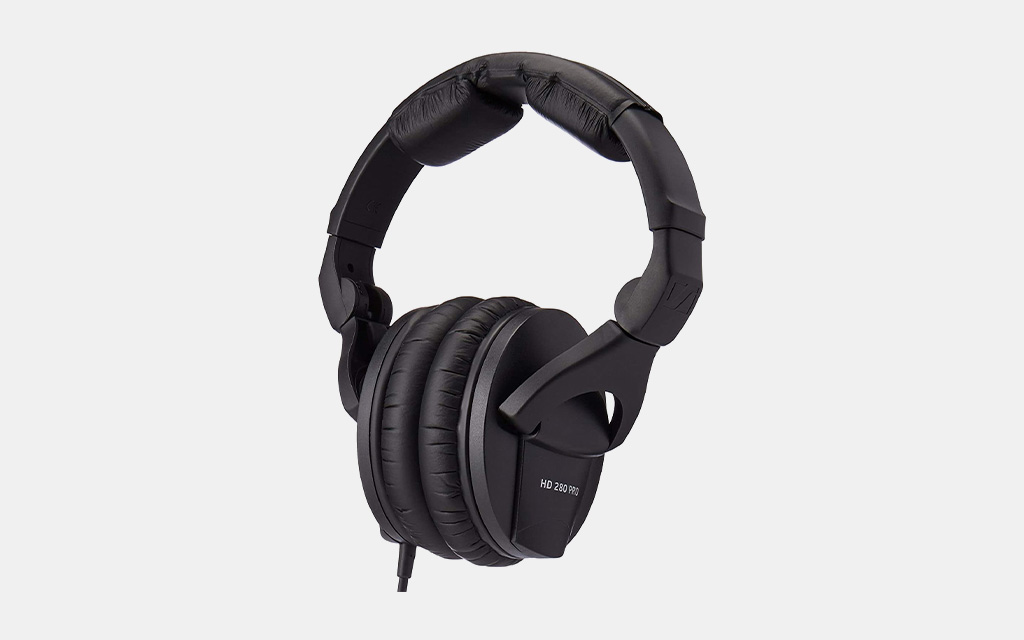
Sennheiser HD-280 Pro
Walk into any recording studio or radio station and you’re bound to find a dozen pairs of either these of the equally great Sony MDR-7506. They sound fantastic, they’re extremely durable and, most importantly, they’re comfortable enough that you’ll have no problem wearing them for a full 8-hour work day. (JK, everyone knows the workday doesn’t end anymore.)
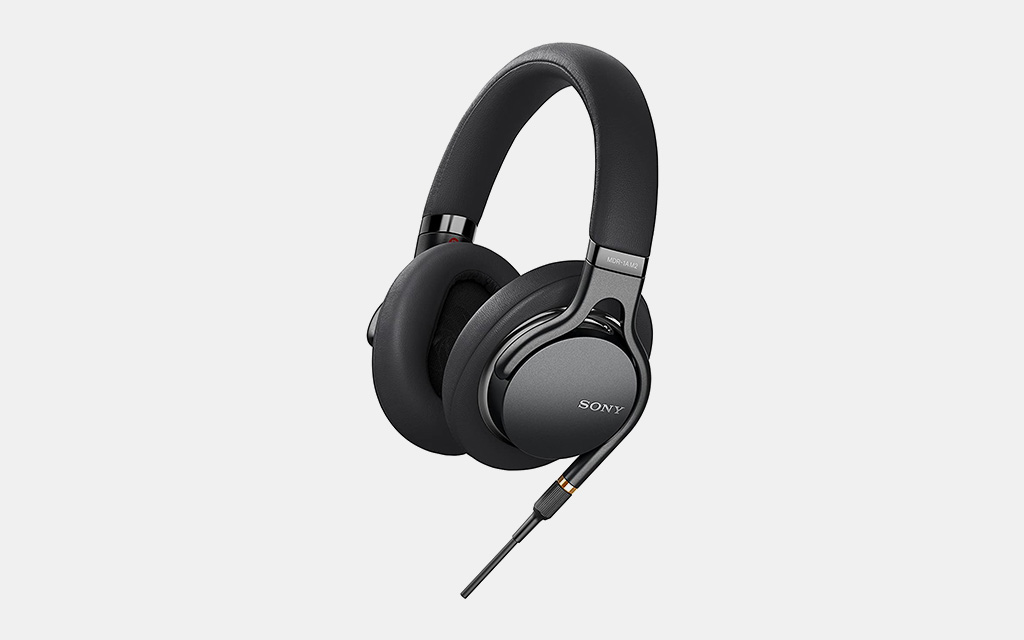
Sony MDR1 AM2
If you want to invest a little more, you’re going to get a more pronounced low end and an overall sleeker, lighter-weight, more luxurious package, plus a replaceable cord should the original break.
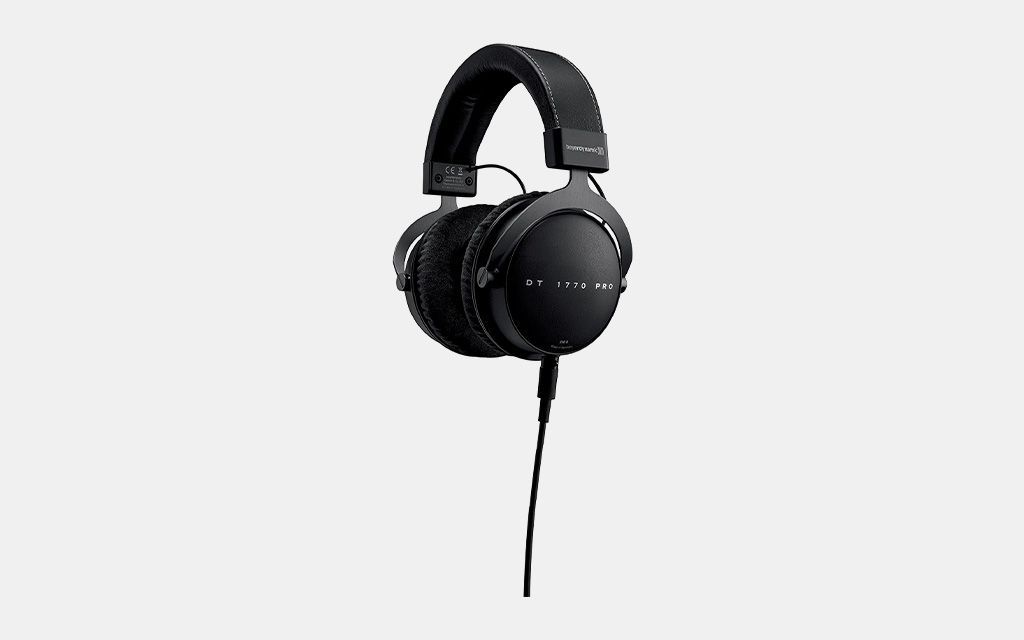
Beyerdynamic DT1770 Pro
And for an even greater investment, you step up into the world of truly high-end shit suitable for the most serious and demanding listening sessions. Also you get super-cool German design, the appeal of which cannot be overstated.
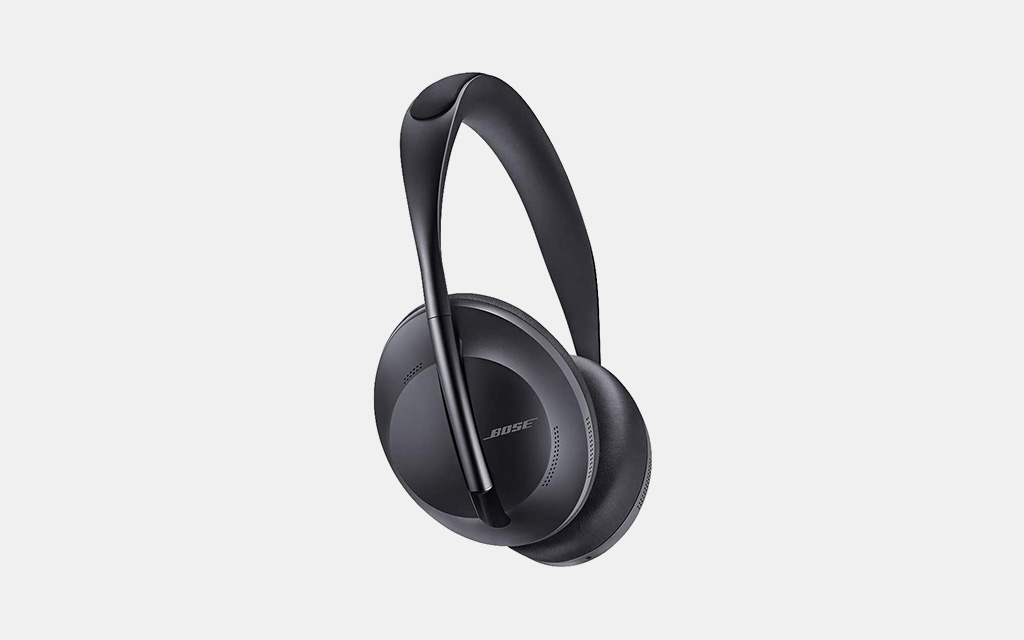
Bose Noise Cancelling 700
Fine, we know this is what you want to hear, and truth be told, they do sound really good. But remember, you’re paying for all the other technology — noise cancellation, whatever wireless voodoo makes them work, stupid Alexa integration, etc. — rather than the sound. For reference, the $100 Sennheisers above sound noticeably better at a full $250 less than these. But it’s your money, do with it what you please.
And New Speakers
No two ways about it. If you want to experience even halfway decent audio without headphones while you work, you’re going to have to start using external speakers. The ones included on your computer are an affront to all that is good and pure in the world. We recommend a powered set, which have benefits we’ll get into shortly. A nice bonus here is that, call us crazy, but we think speakers look really nice.
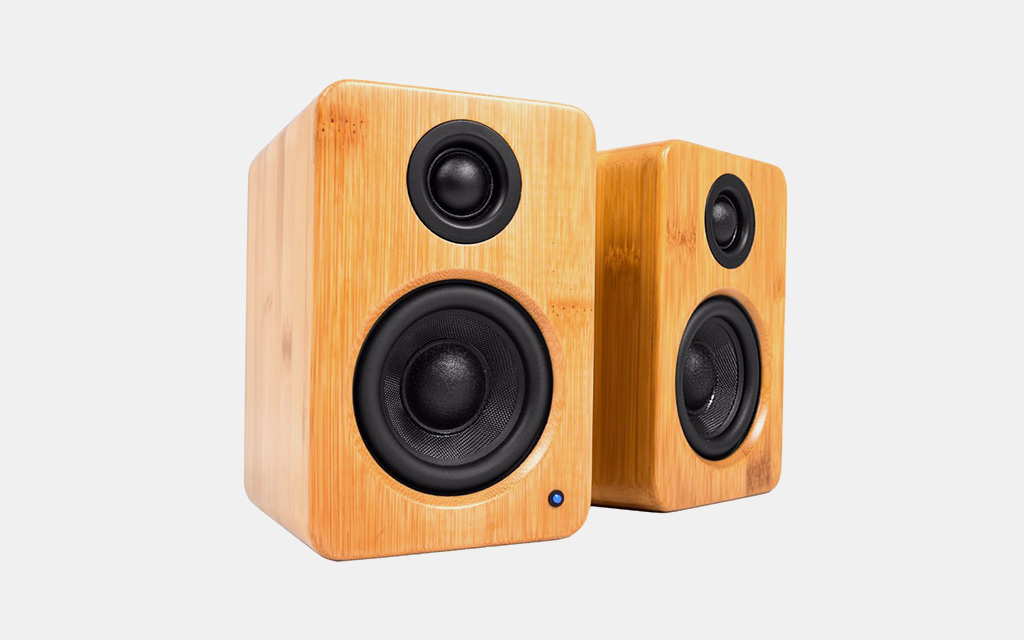
Kanto YU2 Powered Speakers
Kanto is a relatively new company that’s made great strides in creating products that sound good, look great, don’t take up a lot of space, and offer exactly the kind of connectivity people need these days. The YU2 is the smallest speaker in their lineup, so it won’t exactly rattle the windows or anything, but it’s a huge upgrade from what you’ve got now.
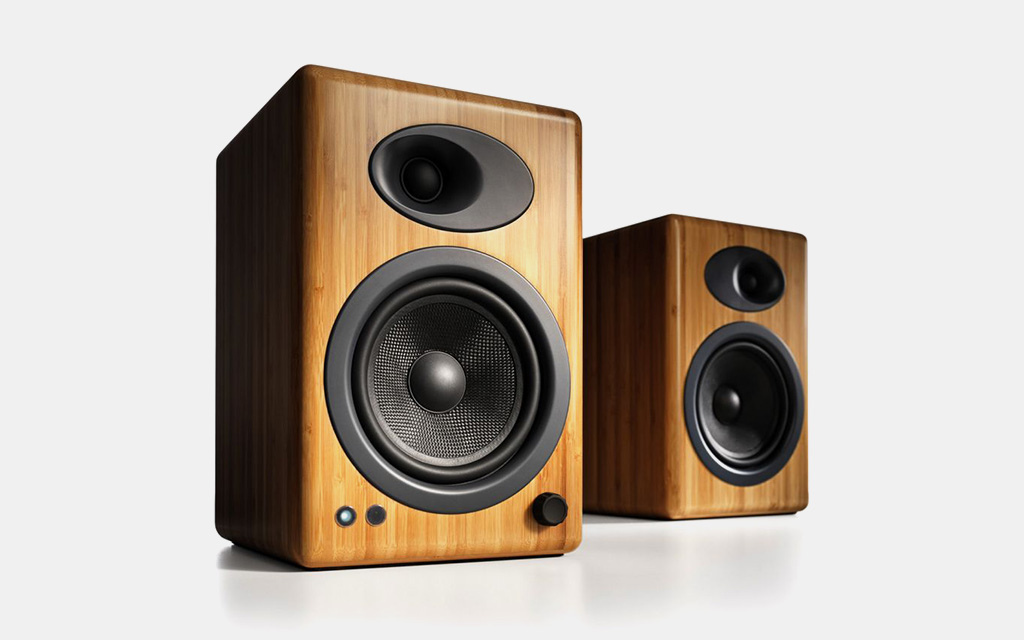
Audioengine A5+ Powered Speakers
I’ve recommended these speakers to countless people, and everyone’s always been blown away by what they offer. It’s the most affordable speaker I’ve come across that provides what is immediately identifiable as an audiophile listening experience. They’re loud as hell, for one, but they also maintain clarity and impressive detail even at high volume. These work brilliantly in an all-analog system, too, so there are truly no concessions being made here.
Also a New DAC (Digital to Analog Converter)
Ok, so this is where things get kinda nerdy and potentially somewhat intimidating, but we promise you it’s not as complicated as it sounds, and the improvement it will bring will be significant and immediately noticeable. A DAC takes the digital information produced by whatever device you’re using and converts it to an analog signal so that you can hear it through your speakers or headphones. Every device you use, from your phone to your tablet to your computer and even more robust stereo receivers, has one built in. The problem is that in smaller, multi-use items like your phone or your computer, they’re pretty much crap, so investing in even a budget external option will pay great dividends — and the ones we recommend here double as headphone amps, which help drive your headphones with the power they crave.
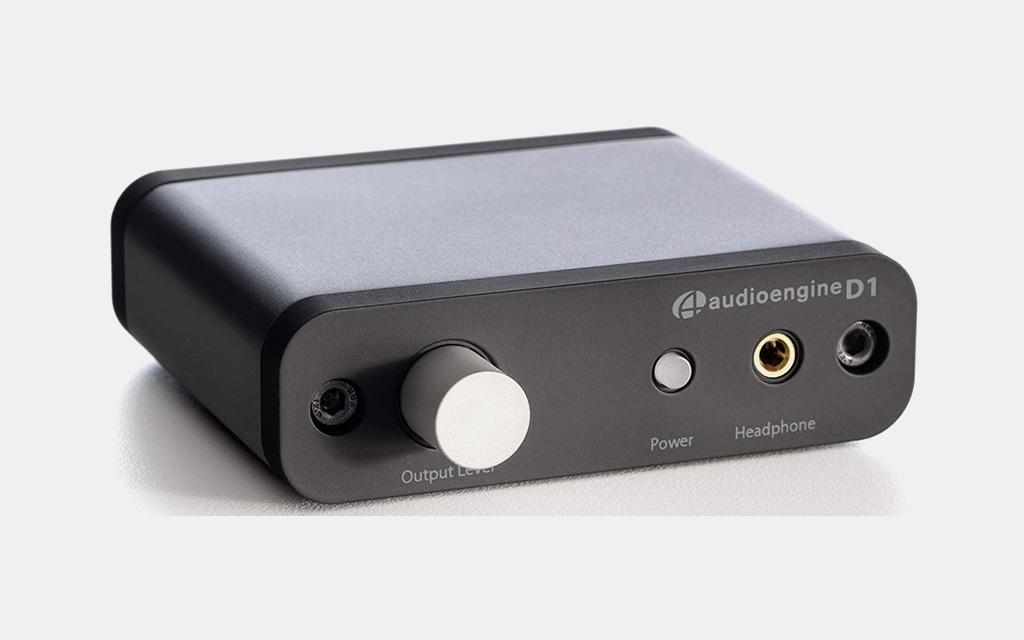
Audioengine D1
A nice, compact little option that will look great on your desk and bring your music into focus. And it couldn’t be easier to use — just connect it via USB, and you’re off.
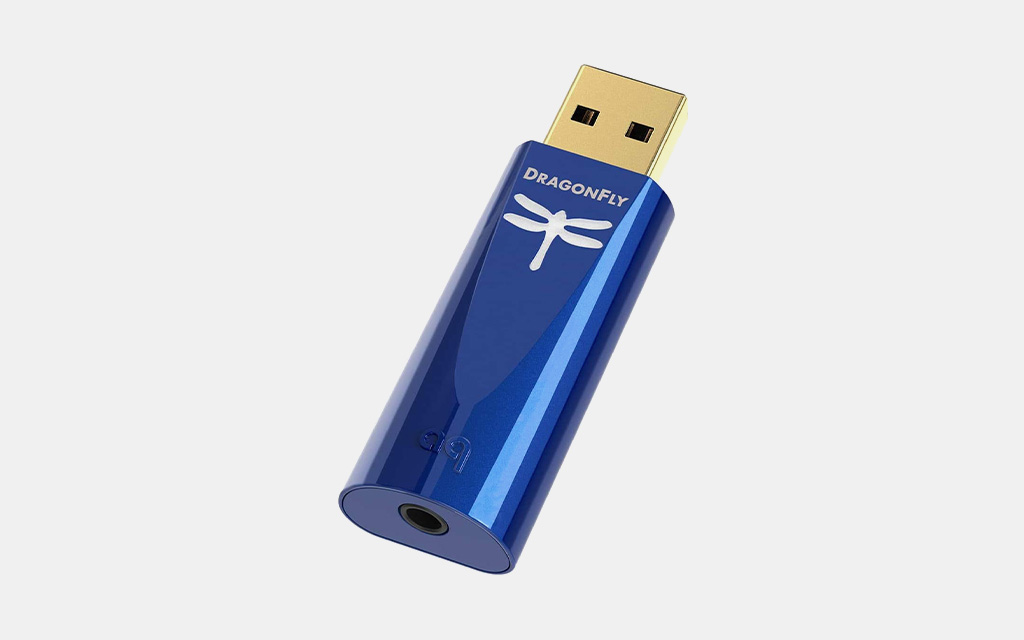
AudioQuest Dragonfly Cobalt
Without question one of the most impressive new audio products to be released in recent years, the Dragonfly Cobalt is a premium DAC and headphone amplifier that is no bigger than a USB thumbnail drive and functions like one, too. The boost in sound quality it brings is, frankly, startling. The first time we plugged it in, we legit had one of those eye-opening moments where our music sounded different than it ever had before. It’s akin to hearing your voice normally, and then hearing it through a microphone. And the nice thing about the Dragonfly is that, should you find yourself working at a cafe or something, you can also hook it up to your iPhone (via this adapter) to get that same boost on your mobile settup.
And Maybe Accessories
To be honest, there’s not a whole lot more that you need. The way technology’s going, everything is optimized to function as simply and seamlessly as possible so that you can maintain that super clean minimalist desk vibe everyone’s after. If you’re going the external speaker route, we’d recommend speaker stands, for sure. Because you’ll be seated at your desk while listening, and you’re presumably not a 5-year-old, your head will be considerably higher than the speakers, which is not ideal. So consider some stands that angle the speakers upward toward your ears, or, even better, get a pair that raises them altogether. If nothing else, get some isolation pucks, which help dampen unwanted reverberations from your desk.
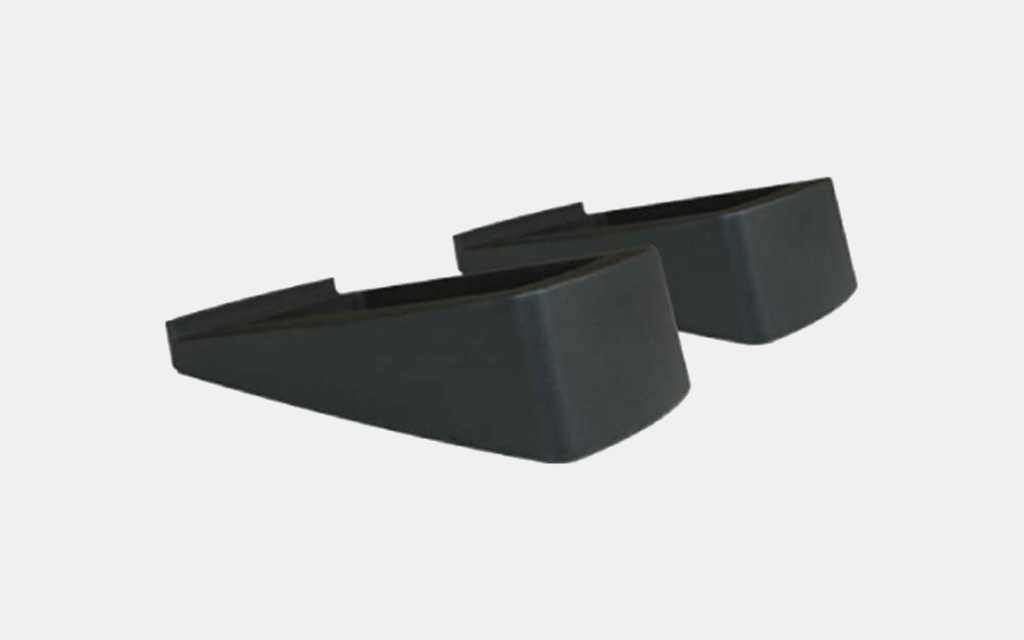
Audioengine DS1
Simple rubber stands that angle your speakers up toward your ears and eliminate unwanted vibrations.
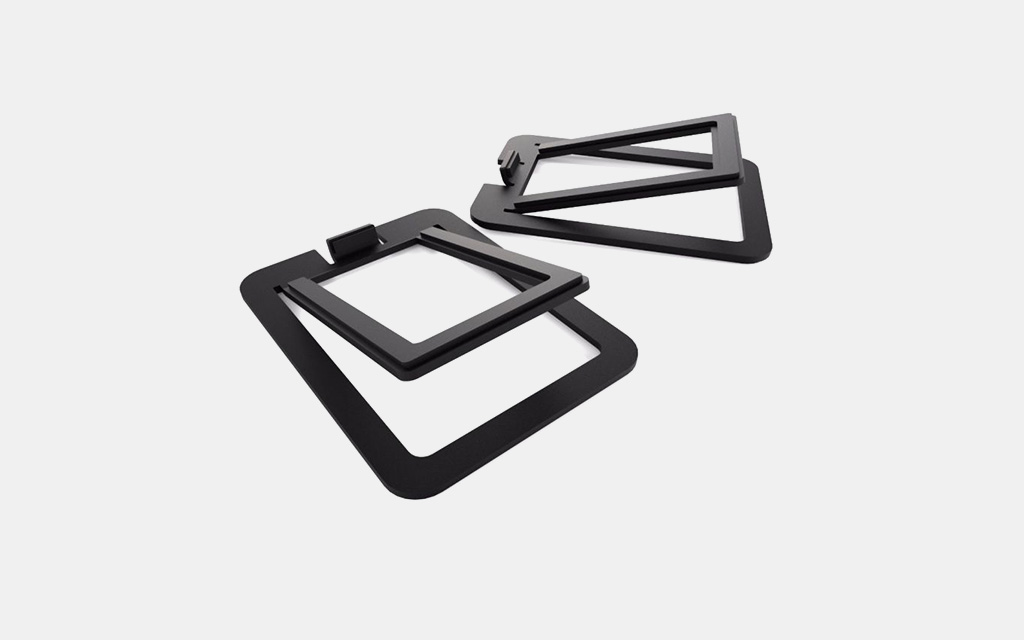
Kanto S2 Desktop Speaker Stands
Some sleek metal stands that will perform as needed and look very nice on your desk.
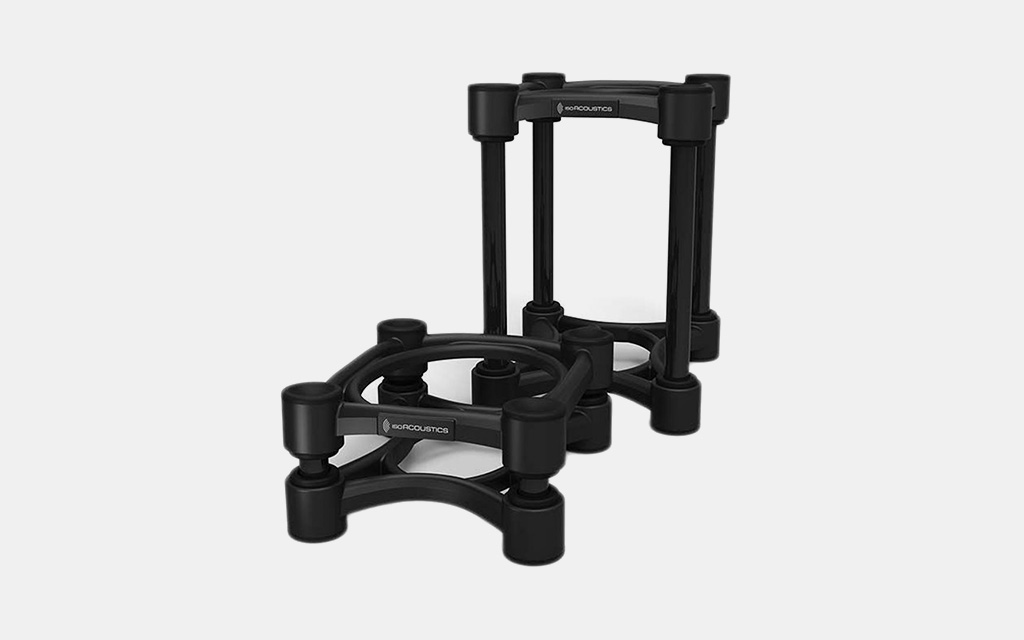
IsoAcoustics ISO 155 Stands
High-quality stands that are height-adjustable for optimum positioning.
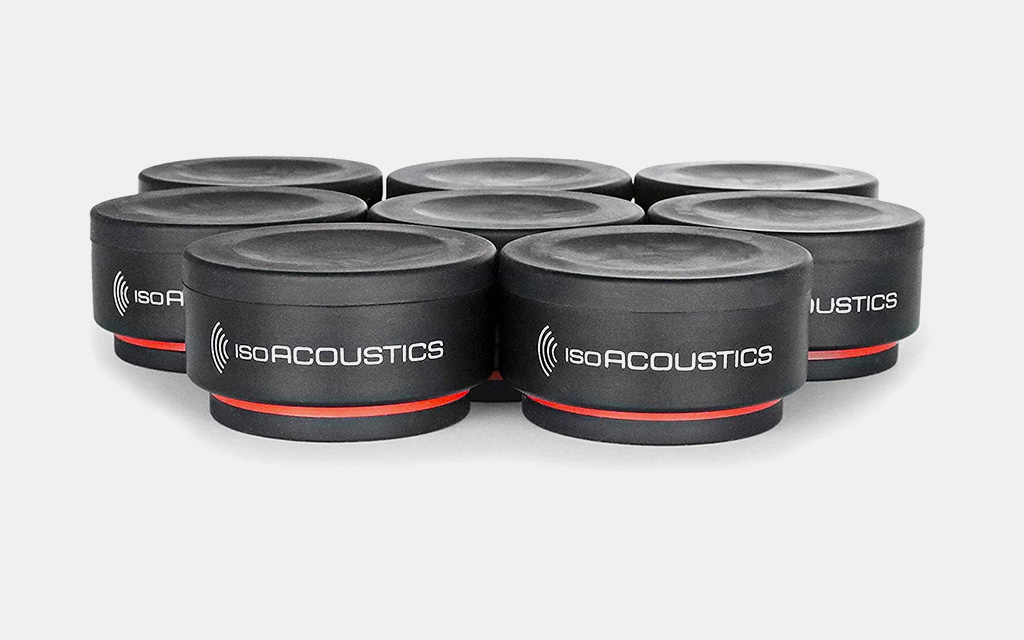
IsoAcoustics Iso-Pucks (8-Pack)
If you’re not concerned about speaker positioning as much as you are deadening an overly reverbant desk, these unobtrusive little guys are the way to go.
Annnnd, Let’s Talk About Hi-Res Streaming Services
Ok, so if you’ve made even one or two of the upgrades recommended above, congratulations: you are definitely experiencing higher quality desktop audio than ever before. But if the audio you’re listening to is coming from one of the popular streaming services out there, which we’re willing to bet it is, then there’s one more thing you can do to kick things up yet another notch: subscribe to a hi-res service like Tidal Masters, Qobuz or Amazon Music HD.
Standard services like Spotify — which, it should be noted, does not offer a hi-res option — stream audio at at bitrate of 320 kbps, which is the equivalent of an MP3. For comparison, a CD has a bitrate of 1,411 kbps, while true hi-res streaming audio clocks in at 9,216 kbps, nearly seven times higher than CD quality, which itself is four times higher than MP3 quality. What this means is that less of the information that was captured on that track is being lost in translation, and more of it is reaching your ears.
Now, this won’t much matter to you unless you’ve made some of the upgrades recommended here. But if you have, you’ll be blown away by the difference. Our favorite is Qobuz, which offers a huge amount of CD-quality streams, and as big a selection of true hi-res streams as we’ve seen anywhere. The interface is nice, and the overall vibe caters nicely to dedicated music fans, with some pretty enjoyable editorial content and curated playlists. There’s also a mobile app, which comes in handy.
We've put in the work researching, reviewing and rounding up all the shirts, jackets, shoes and accessories you'll need this season, whether it's for yourself or for gifting purposes. Sign up here for weekly style inspo direct to your inbox.
